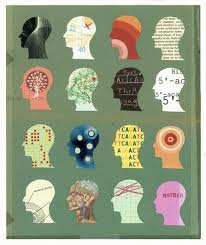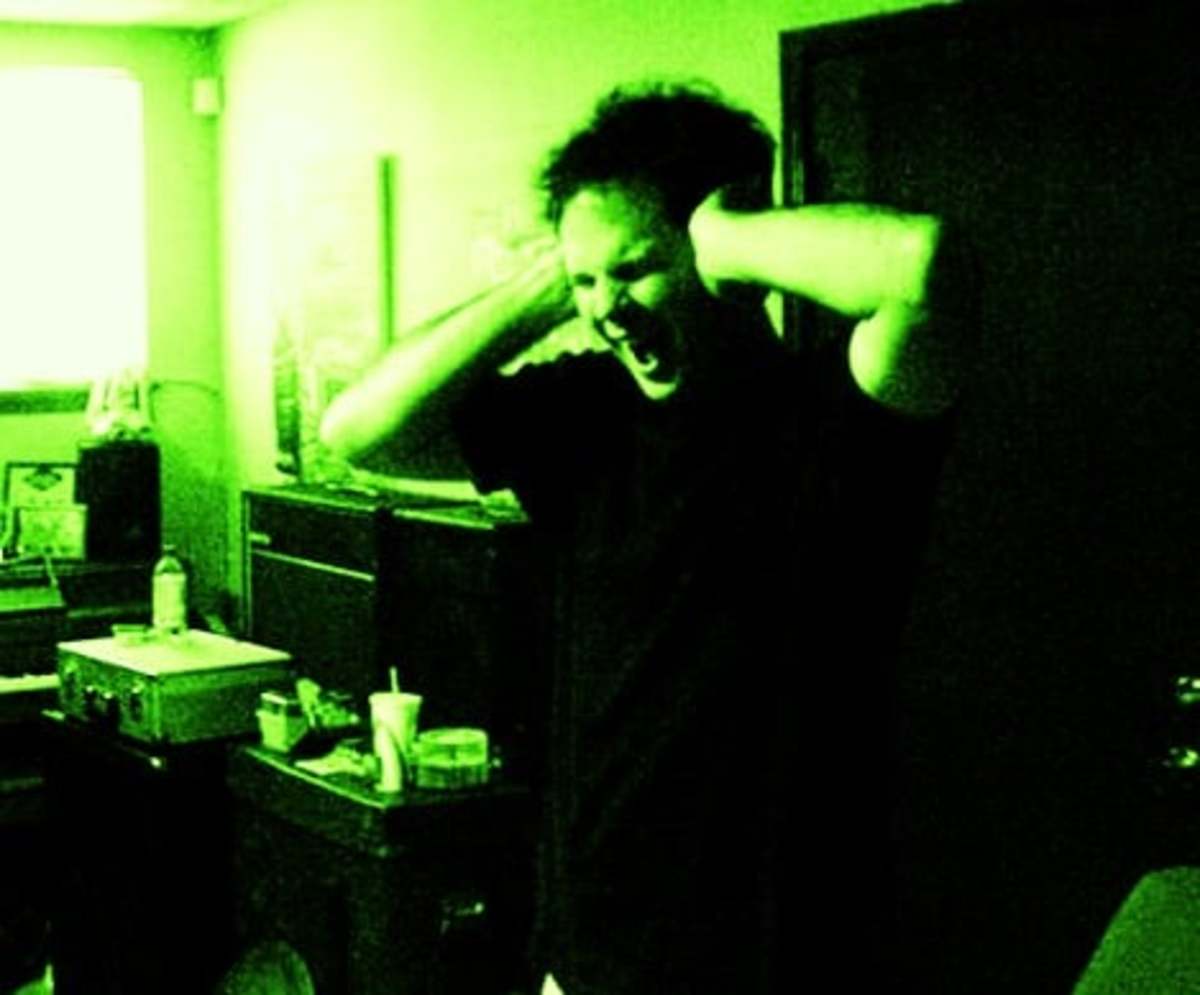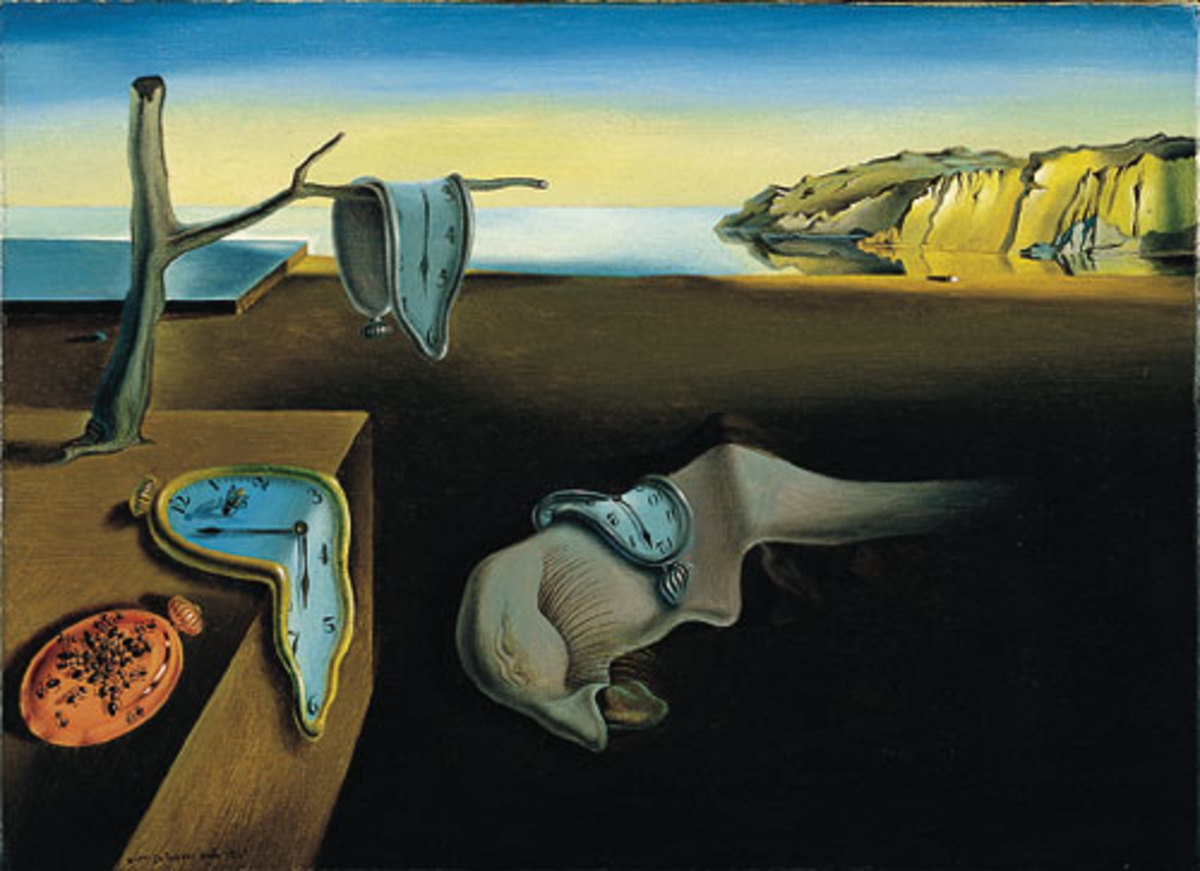What is Schizoaffective Disorder?

I had heard of bipolar disorder and schizophrenia, but when the doctor mentioned the possibility of our daughter having schizoaffective disorder, I had to find out more information. Just what is it, how does it manifest iteself, and what can be done about it?
Schizoaffective disorder is difficult to diagnose because the symptoms manifest themselves differently in each person. The primary defining characteristics, however, mimic those of bipolar disorder (manic and depressive mood swings) and schizophrenia (hallucinations, delusions, and loss of contact with reality, or psychosis).
A diagnosis of schizoaffective disorder usually does not take place until other possibilities have been ruled out. The presenting symptoms include:
- Changes in appetite and energy
- Disorganized speech that is not logical
- False beliefs (delusions), such as thinking someone is trying to harm you (paranoia) or thinking that special messages are hidden in common places (delusions of reference)
- Lack of concern with hygiene or grooming
- Mood that is either too good, or depressed or irritable
- Problems sleeping
- Problems with concentration
- Sadness or hopelessness
- Seeing or hearing things that aren't there (hallucinations)
- Social isolation
- Speaking so quickly that others cannot interrupt you
For our daughter, the first manifesting symptom was a heightened sense of well-being and power. She became more talkative, wanting to visit at every available moment, yet did not engage in reciprocal conversation. She began reporting contact from an individual with which we knew that she was acquainted and liked, but also knew that he had not contacted her in the past. We questioned the contacts, and she could show no evidence that they actually occurred. She said that he had called a friend's home while she was there, and the friend said that there was no such phone call. She said that he had called her place of employment, but the workplace reported that there were no contacts.
When she reported that she had been fired from work and that the boy was coming to get her, we realized that she was delusional. A phone call to her work indicated that they were expecting her to come to work, and that she was not fired. She was already being treated by mental health professionals for disorders she had from childhood, including separation anxiety disorder, obsessive compulsive disorder, oppositional defiant disorder, social anxiety, and most recently, Asperger's. They told us to bring her to the emergency room of the hospital.
While in the emergency room, our daughter's story changed several times during the course of her being questioned by nurses and doctors. Each time, they would look at me as I shook my head that what she was saying was not true. She was admitted to the mental health unit, and began to lash out in anger. Within twenty-four hours, she was in full-blown mania, dancing and singing, talking about the boy as if he were her husband, saying that she was expecting a baby, and that they had been commissioned by heavenly beings to help populate the earth.
Treatment Options
Because each one of the symptoms of schizoaffective disorder can be caused by a variety of physical ailments such as hormonal imbalance, thyroid problems, seizure disorders, drug use, and other mental health issues, a diagnosis of schizoaffective disorder is not usually made until other things have been ruled out.
Our daughter has a history of thyroid and hormonal problems. Blood tests were ordered to check for her level of TSH (thyroid stimulating hormone), and her female hormone levels. One of the medications she had been on recently caused her menstrual periods to become irregular and frequent. She had already been checked for pituitary issues with an MRI (magnetic resonance imaging) of her brain, and for abnormalities in her organs with an ultrasound. Once it was determined that no additional physical problems were manifesting themselves, they concentrated on therapy and a medication regimin.
She vasilated between mania and depression during the next week, ranging from dancing and singing in the hallways to laying in her bed and crying uncontrollably. Her speech was often rapid and mumbled, and she would mix the names of real people with religious events and characters, as well as familiar television and movie themes. She frequently hallucinated the boy she spoke of. She would talk to him, dance with him, introduce others to him, sit next to him, even lay with him on her bed. When others said that they did not see him, she responded in anger, saying that they were of the devil and had evil spirits she needed to get out of them.
The first medication trial with risperdone appeared to be unsuccessful, even though it had worked for her in the past. While on the risperdone, lithium was added to stabilize her moods. One and one half weeks into her treatment, she claimed that the doctors were trying to poison her, and she refused to eat the food or take the medication. She was sleeping very little at the time and refused to have any contact with the doctors.
Recommendations were made that she be given electro-convulsive therapy. Since my husband and I had durable power of attorney, and she was considered to be mentally incompetent to provide informed consent, we were contacted. We came to the hospital and spent the afternoon learning about the treatment and consulting with the doctors. With her refusing to take the medication, the options for her recovery were narrowing. Electro-convulsive therapy would require that she be sedated, and electrodes placed on her head. A shock would be sent into her brain to mimic an epileptic seizure, however, her body would have minimal movement due to the administration of anesthetic and muscle relaxants prior to the procedure. The therapy would be repeated 2-3 times per week over a three to four week period.
After viewing a video similar to the one shown here and consulting with the doctors, we felt that the therapy would be too invasive for our daughter. She is a very sensitive girl, and although an adult at the age of 24, has always been imature. We felt that it was too early in her treatment to use such drastic measures, and that there was more that could be done to help her in the recovery process. We offered to come to the hospital daily and spend time with her in an effort to get her to eat her food and take her medications.
While we were at the hospital, she had a depressive episode. We could hear her yelling and crying from her room down the hallway. When we came to her room, she was laying on her bed in a fetal position, crying loudly. We held her physically in an effort to comfort her, reassuring her that the doctors were there to help her and that she needed to take the medications to help her get better. That evening she was able to take her medications and eat some food when offered by the staff.
After just one day of being on a new medication, the hallucinations decreased significantly, and she seemed to be less manic. She was still out of touch with reality the majority of the time, but seemed to come around on occasion sufficiently to allow reciprocal conversation. When her sister visisted her from out of state, she actually asked questions about her family. We were greatly encouraged that she was on the mend.
Future Prospects
Schizoaffective disorder becomes evident during young adulthood, between the ages of 16 and 25, and the symptoms manifest themselves for a period of two weeks to a month. The person usually returns to normal functioning, however, the chances of recurrence are high, and medication is needed to manage the illness. Hospitalization may be necessary during psychosis if the symptoms are sufficiently severe.
The experiences of others have been vastly different from those of our daughter, however. Her delusions and hallucinations were of a positive nature. The video clip shows the story of a young man who experienced the depressive part of the disease so pronounced, that he attempted suicide, and was hospitalized as a result. His journey with schizoaffective disorder is one of darkness, fear, and terror. He tells about the various medications he was on, and therapies experienced. With us so new in our journey, we are just becoming acquainted with the different options available for our family.
We were encouraged by the medical professionals to obtain guardianship over our daughter. This would allow us to get medical treatment for her even if she should refuse it. Since one of the issues with schizoaffective disorder is lack of insight, the person may not feel the need for treatment when they are feeling well, and may stop taking the medication. This leaves them vulnerable to the cyclical affects of the disease. Although medication can help prevent future psychotic episodes, there is no guarantee they will not happen.
Other things that exacerbate the condition are stress, trauma, lack of sleep, and inadequate nutrition. Life circumstances happen, and an event can be triggered unexpectedly at any time. It is necessary to be vigilant, and adhere to treatment protocol in an effort to curb the possibility of future occurances. As a family, we can be proactive and protective, but we cannot stop these things from happening. The best thing to do is be prepared for the worst and hope for the best.
This content is accurate and true to the best of the author’s knowledge and is not meant to substitute for formal and individualized advice from a qualified professional.
© 2012 Denise W Anderson








